When it comes to engine longevity and reliability, enthusiasts and everyday drivers often debate whether naturally aspirated (NA) engines or turbocharged units hold the upper hand. For decades, naturally aspirated engines earned a reputation for simplicity and durability due to their fewer moving parts and absence of forced induction stresses.
However, in recent years, turbocharged engines have evolved dramatically, incorporating advanced materials, precise engineering, and improved cooling systems. This evolution has blurred the lines between the two, making it clear that whether an engine lasts a long time or not depends on much more than simply having or lacking a turbocharger.
The debate is often framed in broad strokes: naturally aspirated engines are “old school” and tougher, while turbo engines offer more power but sacrifice reliability. While this stereotype holds some truth, it misses the nuance involved in engine design, manufacturing quality, and maintenance practices.
Many naturally aspirated engines suffer from their own set of flaws, or internal materials, oiling system weaknesses, or overly complex components, that lead to premature failures. Meanwhile, certain turbocharged engines, particularly those from manufacturers who emphasize durability, have shown remarkable resilience despite their forced induction.
This article examines ten engines in total, five naturally aspirated powerplants known to outlast many turbocharged competitors, and five naturally aspirated engines that, despite lacking a turbo, tend to fail earlier than expected, sometimes even before modern turbos. The goal is to highlight that engine longevity is multifaceted. It’s a product of engineering choices, materials, cooling and lubrication systems, maintenance culture, and how the engine is used day to day.
The naturally aspirated engines that tend to outlast turbos often feature conservative tuning and robust components. For example, Toyota’s 2UZ-FE V8 is famous for its iron block and simple, durable valvetrain, allowing many vehicles equipped with it to pass the 300,000-mile mark with ease.
Honda’s K24 inline-four, with its proven design and efficient oiling system, has similarly earned a reputation for long service life under varied driving conditions. These engines emphasize reliability over outright peak power, avoiding the excessive internal stresses that forced induction can impose.
On the other hand, not all naturally aspirated engines are built with longevity in mind. Some, like Chrysler’s 2.7L V6 from the late 1990s and early 2000s, suffered from design flaws that led to oil sludge buildup and premature failure.
The Toyota 2AZ-FE, despite coming from a company known for dependable engines, encountered widespread problems with excessive oil consumption that eventually required costly repairs or replacements. These failures illustrate that naturally aspirated status alone does not guarantee an engine’s survival over the long haul.
It is also important to note how maintenance and owner behavior influence engine lifespan. Even the toughest engines can fail prematurely if neglected, while careful upkeep can extend the life of even the more fragile designs. Factors like timely oil changes, proper cooling system care, and adherence to manufacturer recommendations often make a bigger difference than the presence or absence of a turbocharger.
This article aims to provide a balanced perspective by showcasing engines that defy the simple naturally aspirated vs turbo longevity narrative. By understanding what makes certain engines endure and others falter, readers can better appreciate the engineering behind engine durability and make more informed choices when considering vehicles, whether for daily use, enthusiast projects, or long-term ownership.
ALSO READ: 10 Worst Cars to Trust After 100K Miles That Often Disappoint Drivers
5 Naturally Aspirated Engines That Outlast Turbos
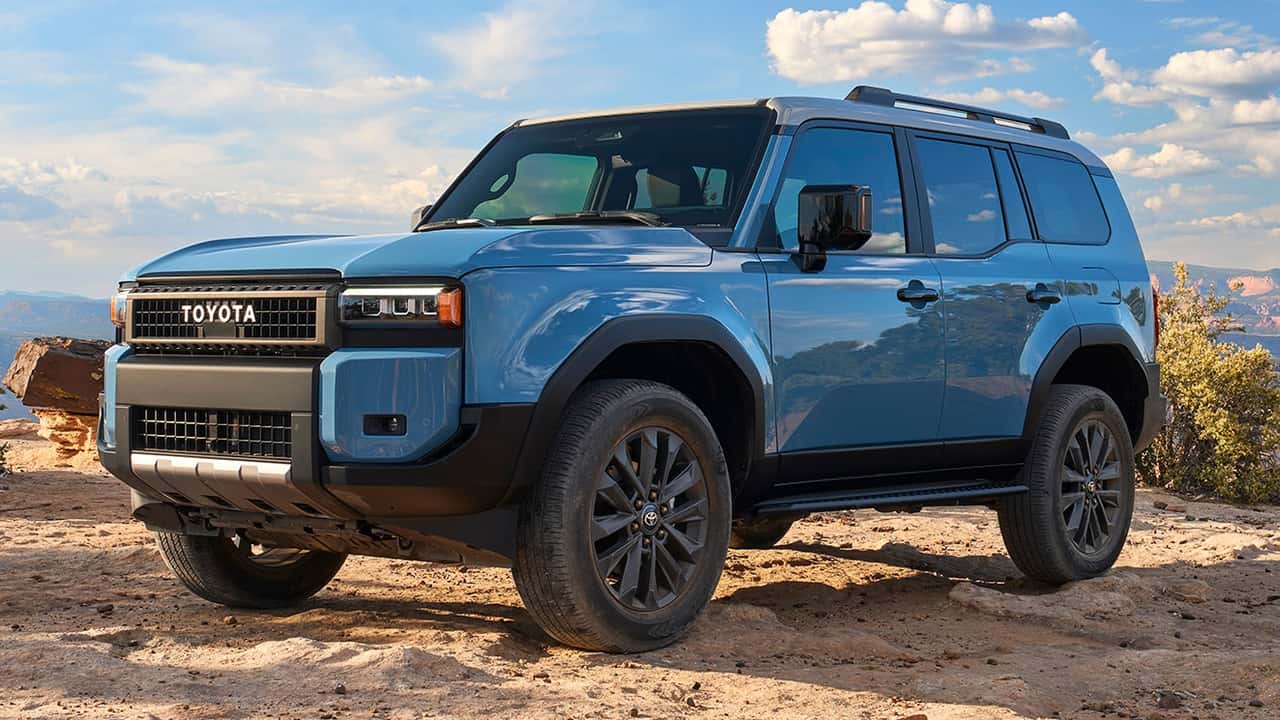
1. Toyota 2UZ-FE (4.7L V8)
The Toyota 2UZ-FE is one of those engines that mechanics trust without hesitation. Found in a variety of trucks and SUVs like the Toyota Land Cruiser, Sequoia, and Tundra, this 4.7-liter V8 is built with longevity in mind. Its iron block and aluminum heads offer a strong foundation.
The design is relatively low-stressed, operating at moderate RPMs and using a timing belt instead of a chain, which some purists may frown upon, but Toyota ensured belt replacements were straightforward and infrequent. The engine was not built for high-revving performance; instead, it was designed to deliver torque, simplicity, and longevity.
This engine is known to go well over 300,000 miles with only basic maintenance. Its components are overbuilt, with a conservative compression ratio that ensures long-term reliability even with subpar fuel. While some of the models using the 2UZ-FE are heavy and used for towing, the engine handles that stress with remarkable ease.
Because it doesn’t need to push itself hard to perform its duties, wear and tear are slow and predictable. Oil consumption is rarely an issue, and the cooling systems are robust. Many owners report original engines still going strong after decades of use.
Another factor in its success is its limited use of advanced electronics and variable valve timing in early versions. This means fewer sensors and actuators to fail with age. While newer engines lean heavily into computer-controlled efficiency, the 2UZ-FE remains mechanically loyal.
This gives it a resilience that many modern turbocharged engines simply don’t have. Technicians who work on both NA and turbo setups often comment on how easy the 2UZ-FE is to service compared to twin-turbo V6s or inline-4s in newer trucks.
For drivers who need a workhorse that simply won’t quit, this engine is about as dependable as it gets. It may not offer the fuel economy or high-revving excitement of newer platforms, but it rewards ownership with minimal drama and a lifespan that often outpaces the rest of the vehicle it’s installed in.
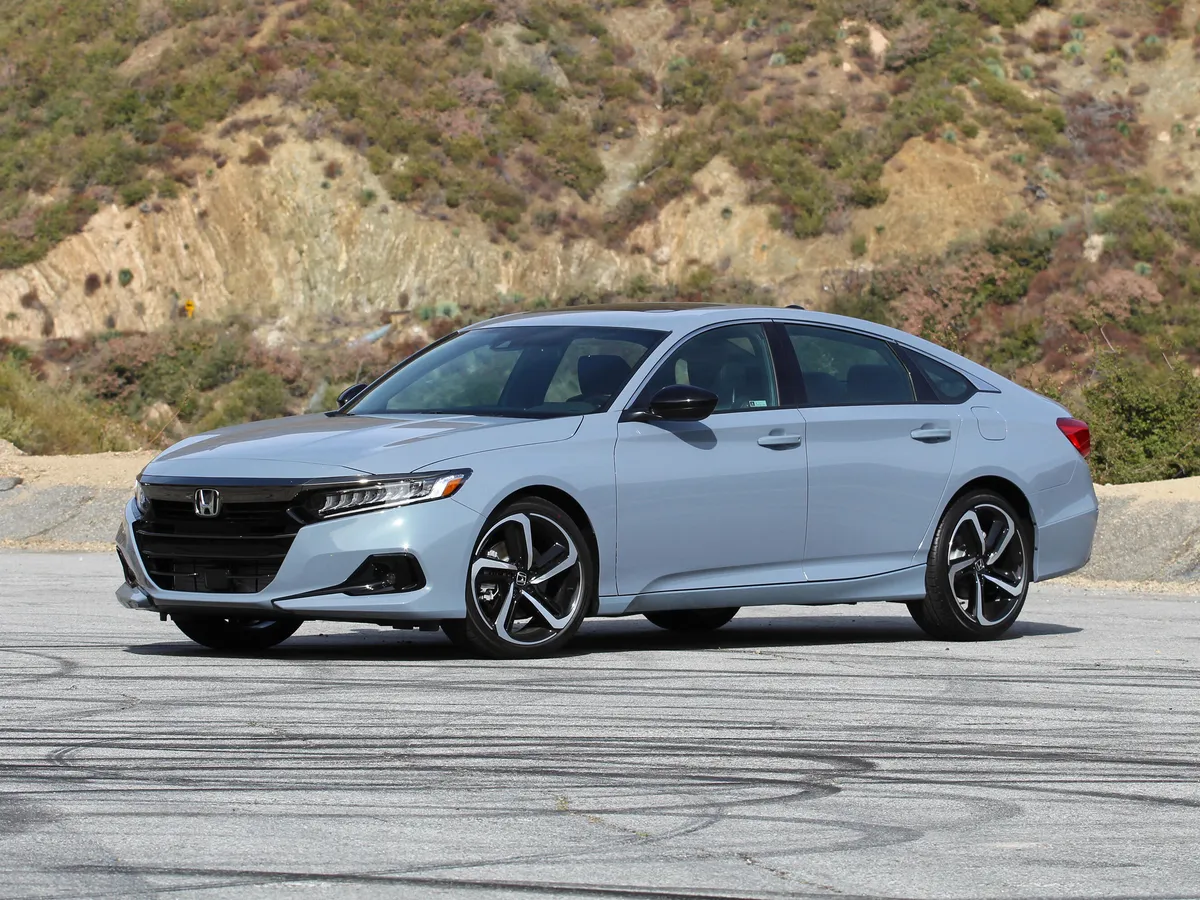
2. Honda K24 (2.4L Inline-4)
The Honda K24 series is among the most well-respected four-cylinder engines in the world, and for good reason. Used in vehicles like the Accord, CR-V, and Element, it has become a benchmark for reliability and practicality.
Despite being a performance favorite among tuners, in its stock form, the K24 is one of the longest-lasting naturally aspirated engines available. It strikes an ideal balance between efficiency and durability, thanks to smart engineering, good oil flow, and a proven valvetrain design.
One of the standout features of the K24 is its use of timing chains instead of belts, which reduces long-term maintenance costs and improves mechanical reliability. Honda also designed the engine to have excellent thermal management, keeping operating temperatures stable even under heavy loads or high-speed conditions.
This helps reduce stress on internal components and prevents premature wear. The engine’s oiling system is robust, allowing it to withstand extended drain intervals without significant damage, provided the owner uses quality oil and doesn’t ignore warning signs.
The K24A and K24Z variants in particular have shown impressive lifespans, with many examples surpassing 300,000 miles on original internals. Even when abused or used as daily drivers in harsh environments, these engines tend to keep going.
Unlike some high-compression NA engines that are picky about fuel quality, the K24 can run reliably on regular fuel without pinging or overheating. Honda’s VTEC system in this engine is also less complex than in some performance models, leading to fewer issues with valve timing as the engine ages.
While turbocharged engines often deliver more torque and faster acceleration, the K24’s smooth power delivery, broad torque band, and predictable throttle response make it more than adequate for most daily driving situations. It’s not only a mechanic’s favorite, but also a great option for budget-conscious buyers looking for long-term value. In the debate of NA vs turbo longevity, this engine proves that thoughtful design and simplicity often beat complexity and boost.
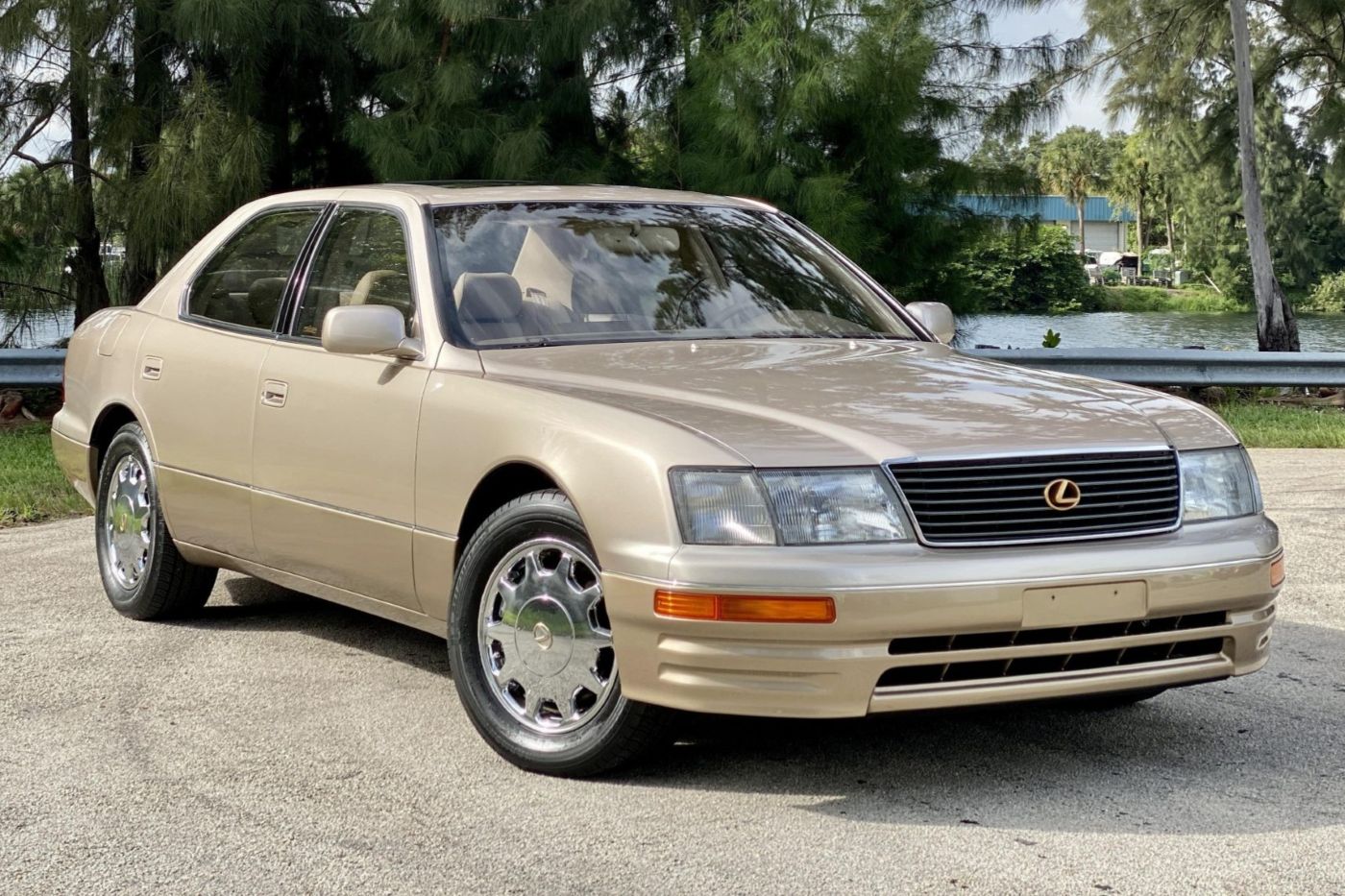
3. Lexus 1UZ-FE (4.0L V8)
The Lexus 1UZ-FE is widely regarded as one of the most overengineered V8 engines ever put into a production vehicle. It made its debut in the Lexus LS400 in 1989 and was used across several Toyota and Lexus models throughout the 1990s and early 2000s.
This engine was built during a time when Toyota set out to prove it could compete with or even surpass European luxury brands in terms of quality, refinement, and durability. The result was an engine that was not only smooth and quiet but also incredibly long-lasting.
Built with a die-cast aluminum block and aluminum heads, the 1UZ-FE featured a forged steel crankshaft, six-bolt main bearing caps, and lightweight pistons. These design choices contributed to a strong and balanced engine that was capable of running for hundreds of thousands of miles without major work.
Many examples of the LS400 have surpassed 400,000 miles on their original engine and transmission, making this powertrain legendary among Lexus enthusiasts. Even in the used market, cars with the 1UZ engine are often sought after specifically because of its reputation.
The engine also features a non-interference design, meaning that if the timing belt snaps, there’s no piston-to-valve contact. That’s a big deal for long-term peace of mind, especially in an era before chain-driven camshafts became the standard.
Its power output, around 250 horsepower in most versions, was modest by V8 standards but delivered with exceptional smoothness and consistency. The lack of forced induction allowed for reduced internal stress and helped maintain thermal stability under all operating conditions.
This engine’s longevity is not only due to its internal strength but also its application. Most cars that used the 1UZ were well-maintained luxury vehicles, not thrashed economy cars or abused trucks.
Owners of these vehicles were more likely to follow maintenance schedules and use high-quality oil, further extending the engine’s life. Whether used in luxury sedans or swapped into custom builds, the 1UZ-FE has earned its place as one of the most trustworthy NA engines ever built.
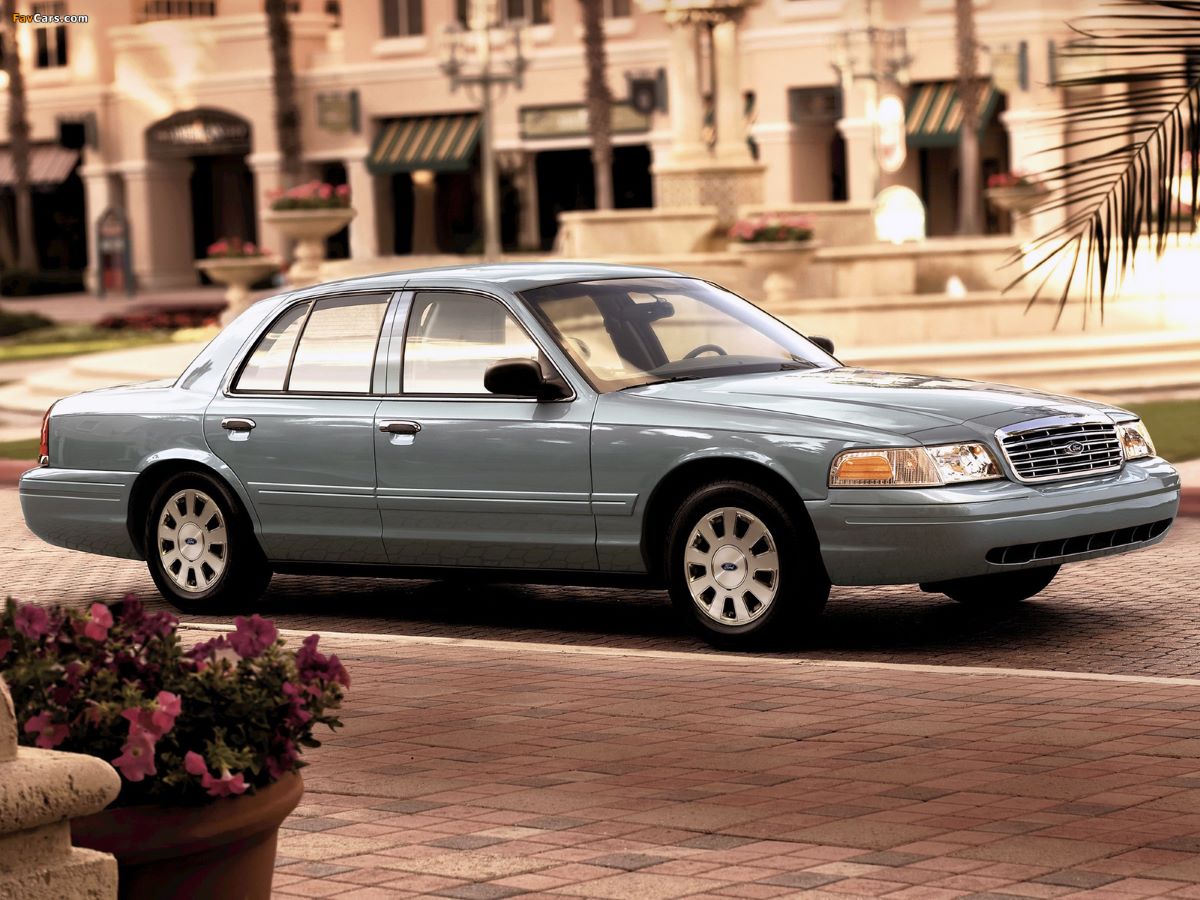
4. Ford Modular 4.6L SOHC V8
The Ford 4.6L SOHC V8, part of the Modular engine family, became a staple in everything from Crown Victorias to the F-150 and Mustang GT. Although some early models had their share of issues, the 2-valve SOHC version used in fleet and police vehicles has become a symbol of long-term reliability.
With millions produced and a reputation for tolerating abuse, this engine has proven that with the right tuning and application, even an American V8 can survive high mileage without drama.
This engine’s durability is best seen in its use by police departments across North America. Police Interceptor versions of the Crown Victoria often exceeded 200,000 miles under hard driving conditions, idling for long periods, and minimal mechanical sympathy.
The 4.6’s iron block in most configurations made it heavier than its aluminum counterparts but gave it the rigidity needed for long-term reliability. While not particularly powerful at around 225–260 horsepower, depending on the year, it delivered consistent torque and smooth operation.
Its single overhead camshaft layout kept things mechanically simpler than dual-cam setups and helped reduce potential points of failure. Although some earlier engines suffered from issues with plastic intake manifolds or spark plug ejection in certain head castings, most of these problems were resolved in later versions.
With routine oil changes and cooling system maintenance, the 4.6 could run for decades. It was also relatively easy to work on, with strong aftermarket support and a huge knowledge base available to DIY owners.
What truly separates this engine from many turbocharged counterparts is how well it responds to neglect. Even with skipped oil changes and poor-quality fuel, many 4.6s just keep running.
They may not run at their peak efficiency or performance, but complete failure is rare unless the engine is seriously overheated. While newer turbocharged engines can offer more performance and better fuel economy, few can match the proven resilience of this old-school American V8 in terms of sheer uptime.
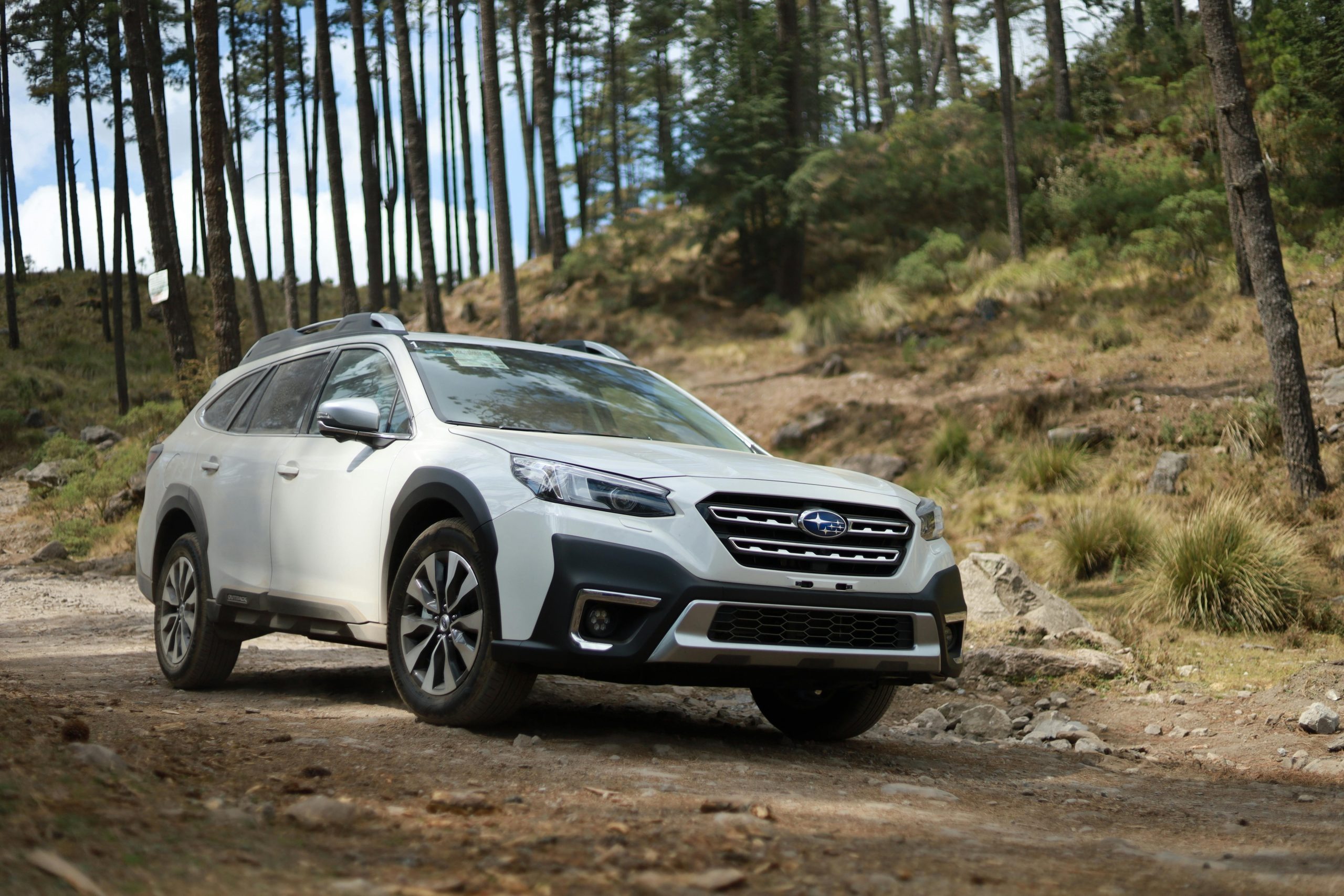
5. Subaru EJ22 (2.2L Flat-4)
The Subaru EJ22 is one of the few horizontally opposed four-cylinder engines that has gained a strong reputation for reliability. Found in a variety of Subaru models in the 1990s, including the Legacy and Impreza, the EJ22 is loved for its mechanical toughness and long service life.
Unlike many of its siblings, especially the turbocharged EJ25 variants that became infamous for head gasket problems, the EJ22 rarely suffers from major design flaws. Its design prioritizes simplicity and durability. The early non-interference versions of the EJ22, particularly those produced before 1997, are nearly impossible to destroy.
Even if the timing belt fails, the engine avoids valve-to-piston contact. With cast-iron cylinder sleeves and strong internal components, the engine is well suited to handle high mileage. The flat layout also allows for a lower center of gravity, contributing to vehicle balance, though that’s more of a performance benefit than a reliability factor.
One of the reasons this engine lasts so long is that it was never tuned for high output. It usually made between 130 to 140 horsepower, which means it wasn’t over-stressed. Owners who used these vehicles for commuting, light hauling, or rural driving found them to be almost maintenance-free beyond standard oil changes and belt replacements.
Even in cold climates with salted roads and heavy snow, the engine outlasted the body in many cases, leading to the ironic situation where the car rusted out while the engine remained strong.
Mechanics familiar with older Subarus often comment that the EJ22 is among the best Subarus ever made. Its simplicity, robustness, and low-maintenance nature have given it legendary status. Even though Subaru has moved on to more modern engines, the EJ22 remains a favorite among enthusiasts looking for a solid platform.
Compared to modern turbocharged engines, it may not impress with numbers, but its ability to keep running under tough conditions makes it one of the most durable naturally aspirated engines out there.
ALSO READ: 10 Worst Cars to Trust After 100K Miles That Often Disappoint Drivers
5 Naturally Aspirated Engines That Still Fail Sooner Than Turbos
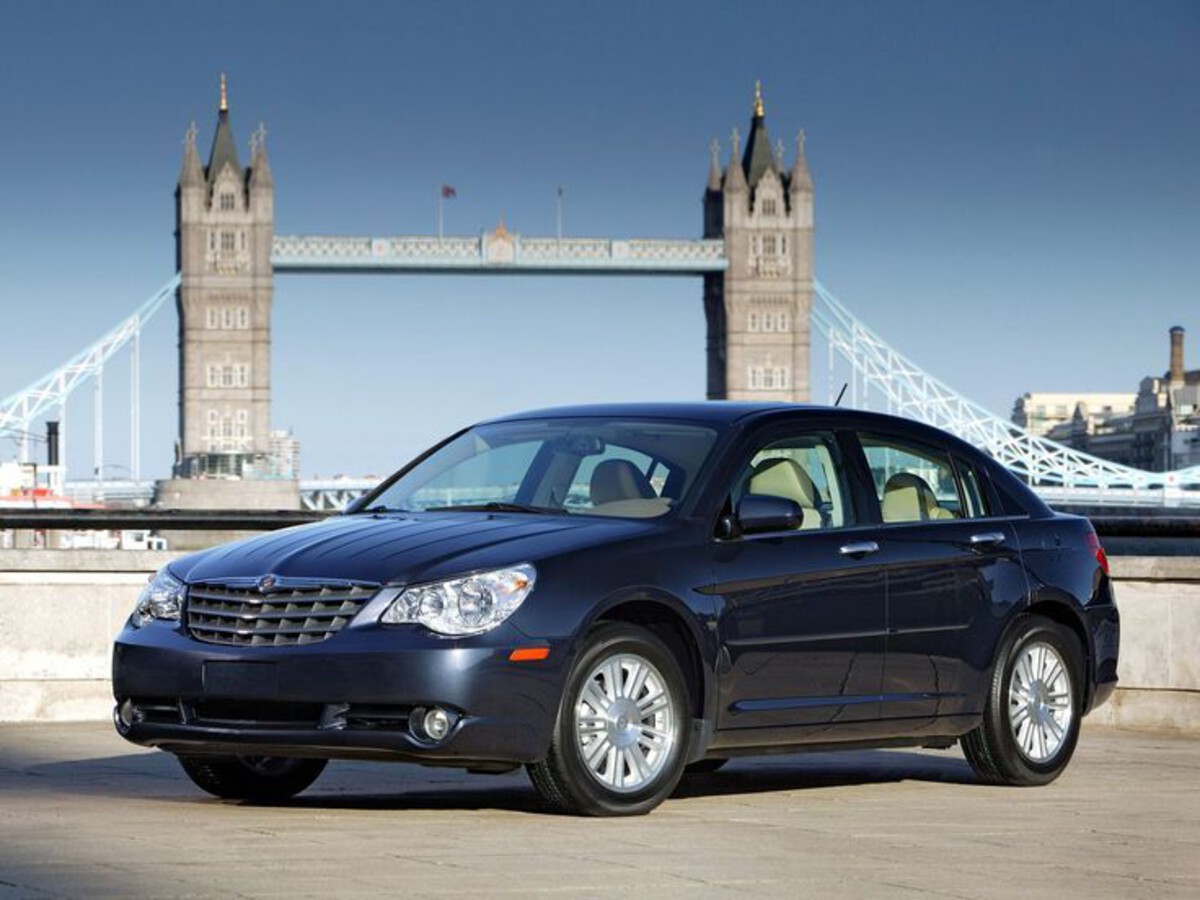
1. Chrysler 2.7L V6 (Dodge Intrepid, Chrysler Sebring)
The Chrysler 2.7L V6 is often referenced as a cautionary tale in naturally aspirated engine design. Produced during the late 1990s and 2000s, it found its way into several models, including the Dodge Intrepid, Chrysler Sebring, and Dodge Stratus. On paper, the engine seemed promising, an all-aluminum design, dual overhead cams, and respectable fuel economy.
But in practice, it became notorious for premature failure, especially due to oil sludge problems. Poor crankcase ventilation and an overly compact internal layout caused oil to cook inside the engine, leading to thick sludge buildup. Once that happened, oil passages would clog, starving components of lubrication and leading to catastrophic failure, often before the engine reached 100,000 miles.
One of the core issues with this engine was its sensitivity to oil change intervals. In an era when 3,000 to 5,000-mile intervals were considered standard, many owners still stretched maintenance intervals beyond what this engine could tolerate. Even those who changed the oil regularly using the recommended viscosity, sometimes faced sludge-related issues due to design flaws.
The narrow oil passages and undersized sump meant that once sludge started to form, there was little the average owner could do to stop it without an engine teardown. This led to lawsuits and extended warranties from Chrysler at the time, but the engine’s reputation was permanently damaged.
What made matters worse was how difficult the engine was to service. Timing chains were used instead of belts, but chain tensioners and guides were prone to failure, and reaching them required a significant amount of labor. The water pump, a critical failure point, was driven off the timing chain and located inside the engine.
When it failed, it could leak coolant into the crankcase, contaminating the oil and accelerating wear. This design meant that a minor water pump leak could snowball into complete engine failure in a matter of weeks if left undetected.
Compared to modern turbocharged engines that have benefited from synthetic oil, better PCV systems, and smarter engine management, the Chrysler 2.7L V6 feels outdated and poorly thought out.
While it lacked the added stress of a turbocharger, the internal fragility and lack of service-friendly engineering meant that many of these engines died long before even the most modestly tuned turbos. It’s a clear case where naturally aspirated doesn’t always mean more durable.
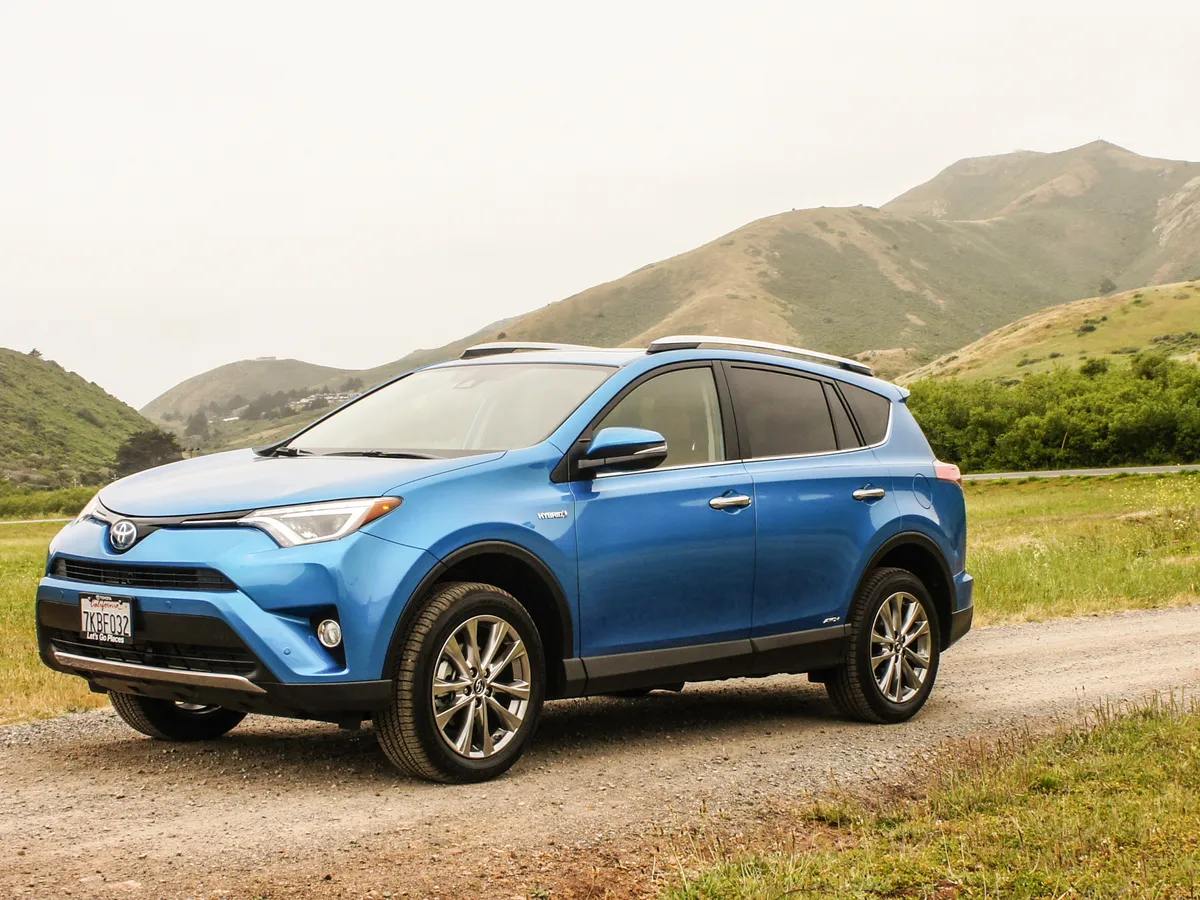
2. Toyota 2AZ-FE (2.4L Inline-4)
Toyota is widely known for building long-lasting engines, but the 2AZ-FE from the early to mid-2000s stands out as a rare misstep. This 2.4L inline-four was used in several Toyota and Scion models, including the Camry, RAV4, and tC. While it starts its life well-mannered and relatively efficient, it develops major problems with oil consumption as the miles accumulate.
Toyota even issued technical service bulletins for the issue and extended warranties for affected vehicles. While not every 2AZ-FE failed early, enough did that the engine’s long-term reliability became a talking point among mechanics and consumers.
One of the main culprits of failure was the engine’s piston ring design. The oil control rings often failed to seal properly, especially after 80,000 to 100,000 miles. This led to excessive oil consumption, with some engines burning a quart of oil every 1,000 miles or less.
Once oil levels dropped too low between changes, internal components suffered from oil starvation, leading to bearing wear and complete engine failure. Unlike turbocharged engines that sometimes fail due to external issues like boost control or intercoolers, the 2AZ-FE’s problems were baked into its fundamental design.
Toyota did attempt to mitigate the issue with software updates and ring replacements in some engines, but for many owners, the damage was already done. By the time symptoms appeared, the piston rings had usually worn enough to require a full engine rebuild or replacement.
Adding to the frustration was the fact that many affected vehicles were sold to families and daily commuters who expected the legendary Toyota longevity. When the engine began burning oil long before 100,000 miles, it often came as a surprise to drivers used to Toyota’s better-performing engines like the 1ZZ-FE or 1MZ-FE.
In contrast, several modern turbocharged engines have managed to avoid these types of internal oil control failures, thanks in part to tighter tolerances and better synthetic oils. While the 2AZ-FE is not the worst engine ever made, it stands as proof that even naturally aspirated engines can be compromised by design flaws. In the end, a low-stress powertrain only matters if the internal components are built to last, and in this case, Toyota fell short.
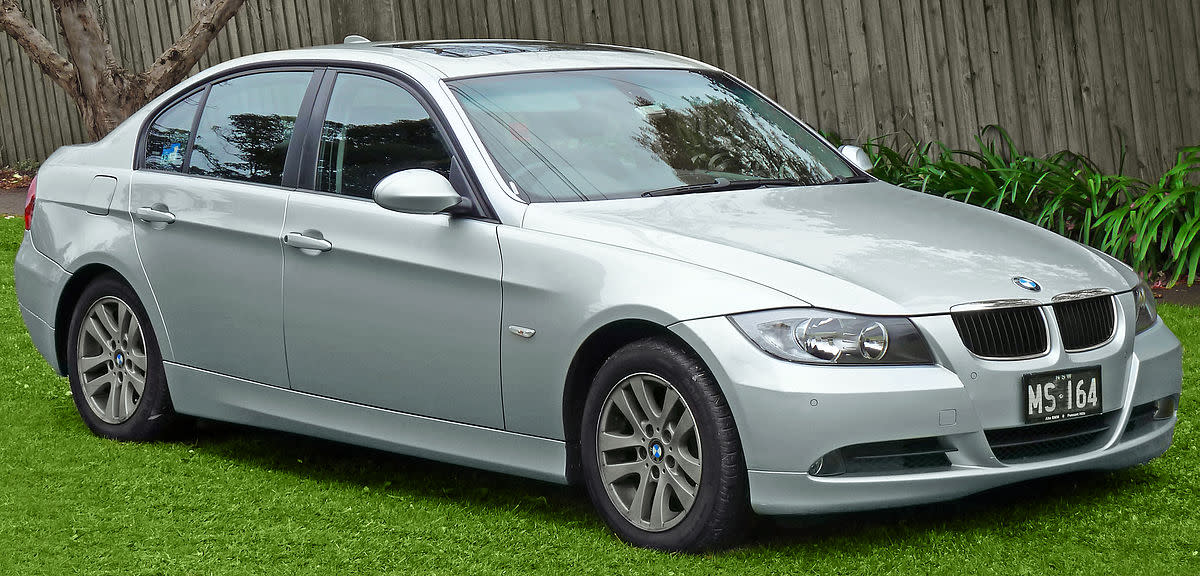
3. BMW N52 (3.0L Inline-6)
The BMW N52 is often praised for its smoothness, performance, and efficiency, but it’s also an example of how a naturally aspirated engine can suffer from overengineering. Found in the BMW 3 Series, 5 Series, and X3/X5 models during the mid to late 2000s, the N52 featured an all-aluminum construction with magnesium alloy in the engine block to reduce weight.
While that sounds like a winning combination, it led to several long-term reliability concerns. The use of advanced materials came with manufacturing challenges, including issues with warping, head gasket leaks, and cooling system failures, all of which contribute to premature engine problems.
Another weak point in the N52 was its valvetronic system, BMW’s attempt at continuously variable valve lift. While innovative, it added complexity and often failed as the engine aged. Issues with the eccentric shaft sensor, actuators, and software tuning led to rough idles, poor fuel economy, and loss of power.
Many of these problems required expensive diagnostics and repairs, as the system was sensitive to minor variations in oil quality or electronic signals. In many cases, the cost of repairing the valvetronic system exceeded the value of the car itself, especially on high-mileage examples.
Cooling system issues were another sore point. BMW used plastic water pump housings and electric pumps in many versions of the N52. These components were known to fail suddenly, causing the engine to overheat. Unlike some older engines that could survive a bit of extra heat, the lightweight block and cylinder head materials in the N52 did not tolerate overheating well.
Even a brief loss of coolant pressure could lead to warped heads, blown gaskets, or seized components. Despite not having a turbo, the engine ran hot and required constant attention to coolant levels and pump operation.
This engine had a lot of potential and felt refined when new, but its long-term ownership experience proved frustrating for many. The repair costs, sensitivity to overheating, and fragile auxiliary systems meant that many N52 engines failed before reaching the mileage totals seen in some well-maintained turbocharged BMW engines.
While turbos often get blamed for complicating maintenance, this engine proves that complexity and poor material choices can make a naturally aspirated engine just as vulnerable, if not more.
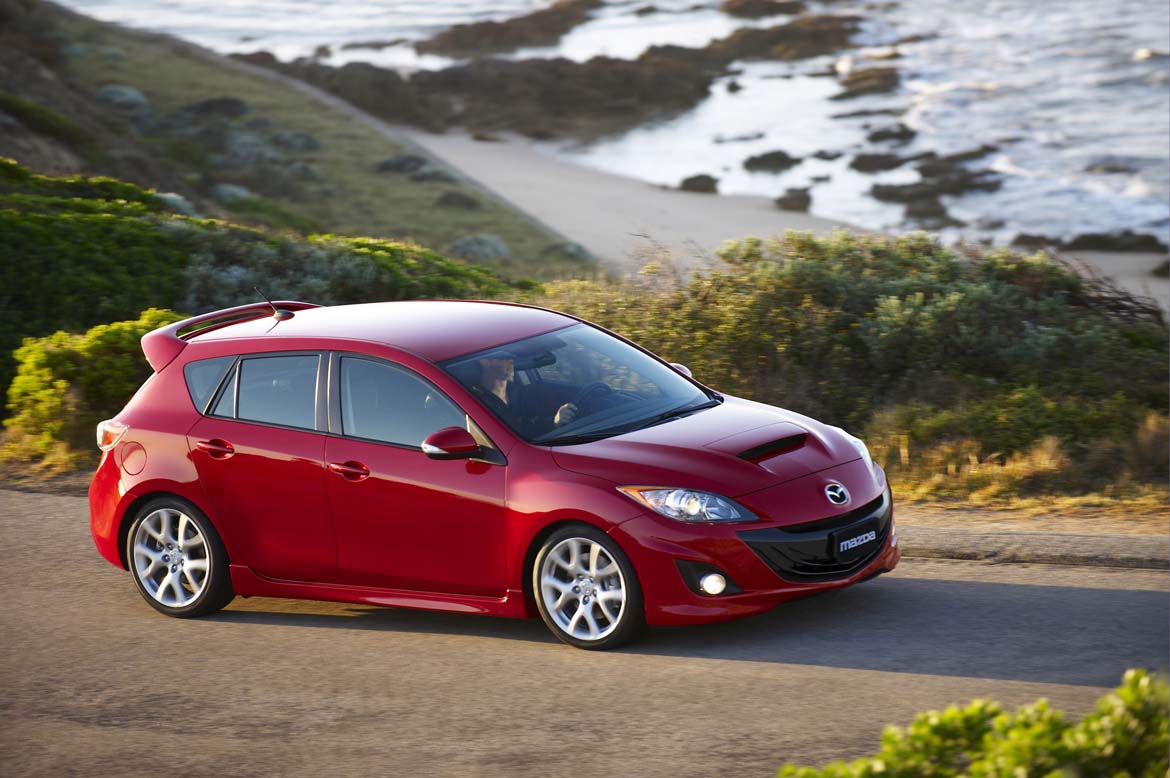
4. Mazda 2.3L DISI MZR (Naturally Aspirated Version)
While Mazda’s 2.3L DISI MZR turbo engine (used in the Mazdaspeed3 and Mazdaspeed6) is known for performance and some long-term issues, the naturally aspirated version of the same engine used in non-performance Mazda6 and CX-7 models had its problems, often more serious ones related to mechanical wear.
This naturally aspirated variant suffered from balance shaft issues, premature timing chain wear, and carbon buildup, all of which impacted its long-term durability. Despite being a simple four-cylinder without forced induction, it did not age gracefully in many applications.
The timing chain, in particular, became a well-documented failure point. Designed to last the life of the engine, the chain and tensioners often wear out by 100,000 miles or earlier. When the tensioner started to lose pressure or the chain stretched, it caused noisy operation and eventually jumped timing.
If not caught early, this could result in bent valves or full engine failure. In some cases, repairs were so expensive that owners simply scrapped the car. It’s ironic because one of the perceived advantages of naturally aspirated engines is reduced timing-related failure risk compared to high-strung turbo engines.
Carbon buildup on the intake valves was another issue. Although this is more commonly associated with direct-injection turbocharged engines, the DISI 2.3 NA suffered from the same fate due to its injection design. Without fuel washing over the intake valves, carbon deposits would form over time, affecting airflow and efficiency.
As the buildup worsened, power dropped, misfires increased, and engine hesitation became more common. Cleaning the valves was labor-intensive and not something most owners or general mechanics were equipped to handle.
When compared to more reliable NA engines from Toyota, Honda, or Hyundai, Mazda’s 2.3L fell short. Even against some of the company’s own older engines like the 2.0L from the Protegé, the 2.3L MZR NA felt rushed and incomplete in its design. Turbocharged engines are often criticized for being fragile, but in this case, even without a turbo, the engine suffered from critical design weaknesses that led to frequent and expensive failures.
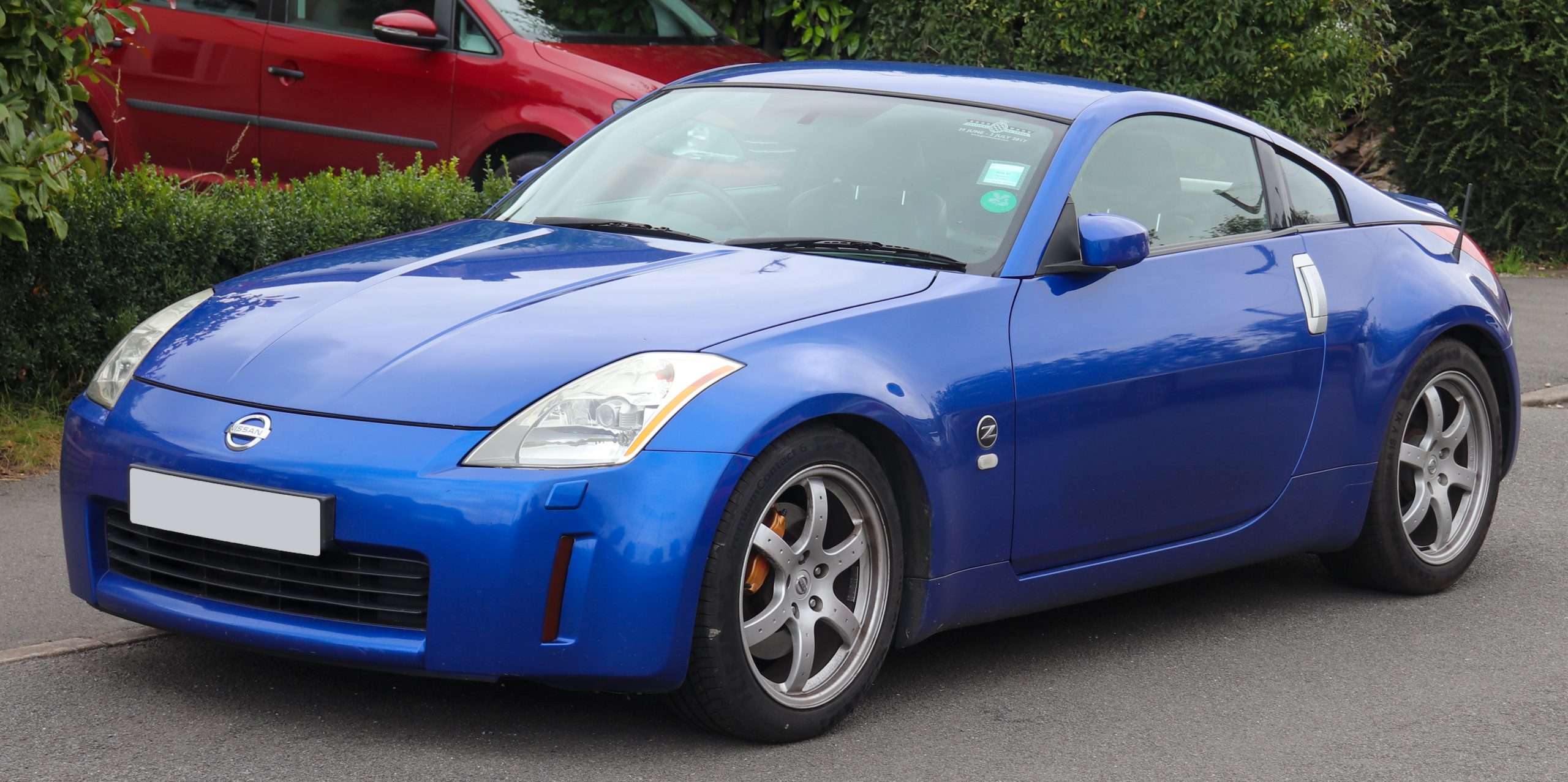
5. Nissan VQ35DE (3.5L V6 from early 2000s)
The Nissan VQ35DE engine, particularly the early 2000s naturally aspirated versions found in cars like the Nissan 350Z, Altima, and Maxima, has earned a mixed reputation. While it was praised for delivering strong power and a smooth delivery, the engine struggled with several chronic problems that affected its long-term reliability.
Among these, excessive oil consumption and premature valve guide wear were the most common complaints, leading to reduced engine life compared to some turbocharged competitors that employed better internal lubrication or more modern materials.
One significant issue with the VQ35DE was the poor oil control rings that allowed oil to pass into the combustion chamber, resulting in high oil consumption that sometimes forced owners to add quarts of oil between changes. This not only raised maintenance costs but also caused carbon buildup on valves and spark plugs.
Over time, the buildup contributed to rough idling, misfires, and loss of power, forcing costly repairs. Unlike some turbo engines that may have blow-by issues but run cooler due to intercoolers and advanced cooling systems, the VQ35DE’s design did little to mitigate internal heat and wear from oil contamination.
Another chronic problem was the wear of valve guides and seals, which caused smoking exhaust and reduced compression. This failure was often accelerated by the engine’s relatively high operating temperatures and aggressive cam profiles.
For many owners, the symptoms began showing up after only 80,000 to 120,000 miles, well short of what would be expected from a durable naturally aspirated V6. The repair or rebuild required to fix valve guide wear was expensive, often involving cylinder head removal and re-machining, which made it more economical for some drivers to replace the engine entirely.
Despite Nissan’s attempts to update the VQ series with newer versions such as the VQ37VHR featuring direct injection and improved components, the early VQ35DE’s legacy is tarnished by these reliability concerns.
While the engine produced impressive performance for its era, it did not match the longevity of some modern turbocharged engines that benefit from improved engineering, materials, and more rigorous testing protocols. This shows that a naturally aspirated label does not guarantee durability, especially when internal design compromises lead to accelerated wear and costly repairs.
